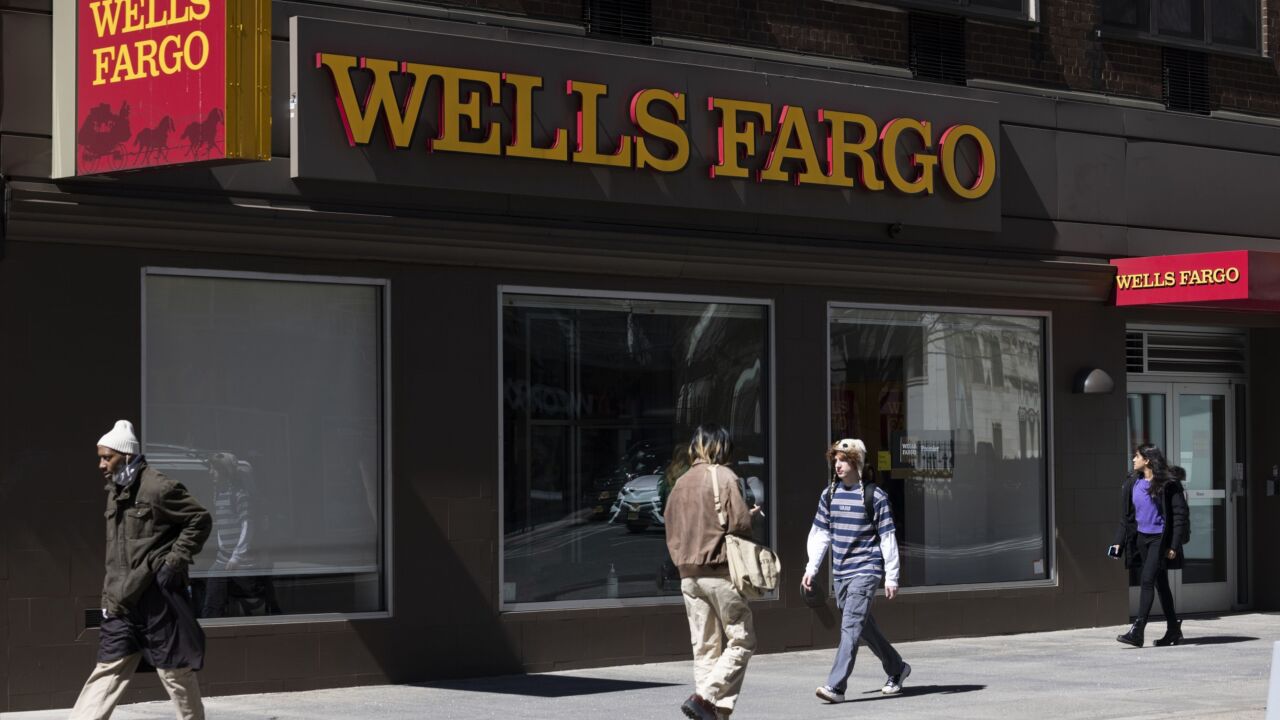-
The sweeping reforms passed in 2010 didn't bring community banks to the brink of extinction. Rather, their numbers have dwindled because of the impact of economies of scale and dormant de novo banking activity.
March 31 -
The House Financial Services Committee renewed its look at regulatory relief for small financial institutions Wednesday, pressing bankers and credit union representatives for details about their compliance burdens.
March 18 -
FDIC Vice Chairman Tom Hoenig outlined a new measure to grant reg relief, one based on activity rather than size. While his vision would grant 94% of banks substantial relief, he objected, however, to exempting institutions from the Volcker Rule.
April 15 -
The Banking Committee is working to craft a bipartisan deal on regulatory relief, but if those efforts stall it's possible banking provisions could pop up again as part of key spending and fiscal measures later this year.
April 13
What's the relationship between increased financial regulation and industry consolidation? In his March 31 commentary in American Banker, J.V. Rizzi
This is a bit like arguing that cigarette smoking does not cause cancer, since we have evidence that exposure to the sun and other forms of radiation are cancer-causing agents. Just as there are many causes of cancer, banks have multiple motivations for mergers.
Empirical studies of the link between regulation and mergers must try to account for all of the relevant causal factors, which is quite a difficult exercise. As researchers love to say, more work needs to be done to unravel the relationship between regulation and M&A. But there is no case for ruling out regulation as a prospective driver.
Mr. Rizzi also fails to appreciate that the imposition of new regulations like those engendered by Dodd-Frank can actually be a source of economies of scale. The reason why is that some of the costs associated with regulatory compliance are fixed costs, meaning that they do not vary with the activity level or size of the bank. Spreading fixed costs across a larger asset base is a common rationale for the existence of scale economies.
Federal Reserve governor Daniel Tarullo recognized this point explicitly in a May 2014
Governor Tarullo has been equally vocal about the economic costs associated with the potential demise of community banks, stating in the same speech that "community banks are of special significance to local economies" and that "the disappearance of community banks could augur a permanent falloff in this kind of credit [small-business loans], at least a portion of which may not be maintained in the more standardized approach to lending, characteristic of larger banks."
Much ink has been spilled in academic journals trying to explain the phenomenon of "merger waves," in which M&A activity clusters during well-defined time periods, only to erode at later dates. Once again, there are multiple possible explanations for this occurrence. But a leading candidate for the cause of waves is an "industry shock."
Such a shock can be defined as an unanticipated development or event that significantly alters the cost and or revenue structure in a particular industry. The most frequently mentioned shocks in the literature relate to technology, regulation, and deregulation.
It's hard to argue that Dodd-Frank was anything other than an unforeseen banking industry shock. Therefore, the law contains the potential to continue producing a substantial volume of new mergers.
Donald J. Mullineaux is chairman of the board of the Federal Home Loan Bank of Cincinnati and emeritus duPont chair of banking and financial services at the University of Kentuckys Gatton College of Business and Economics.





